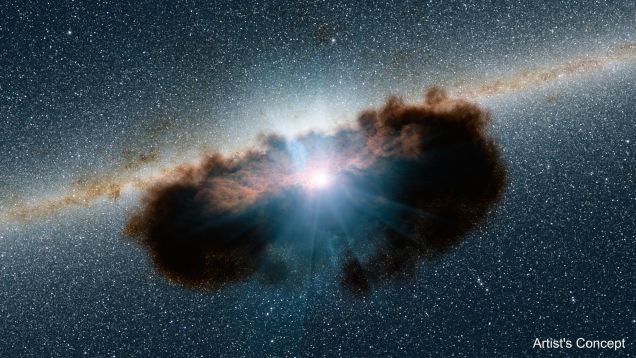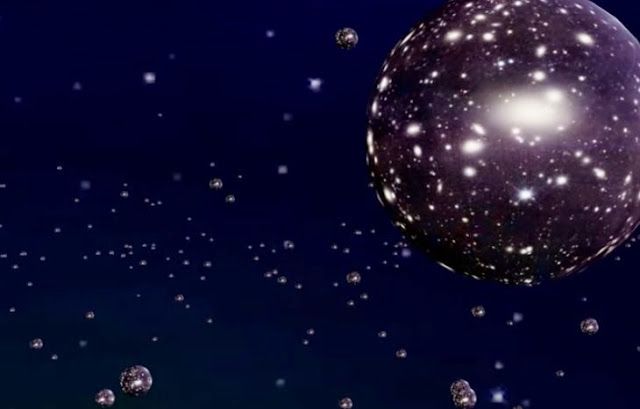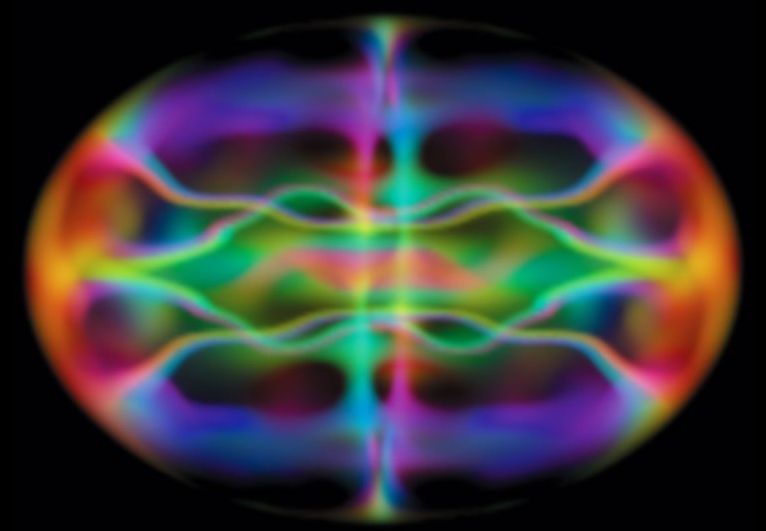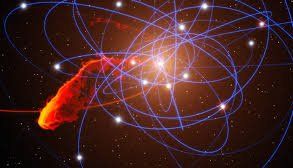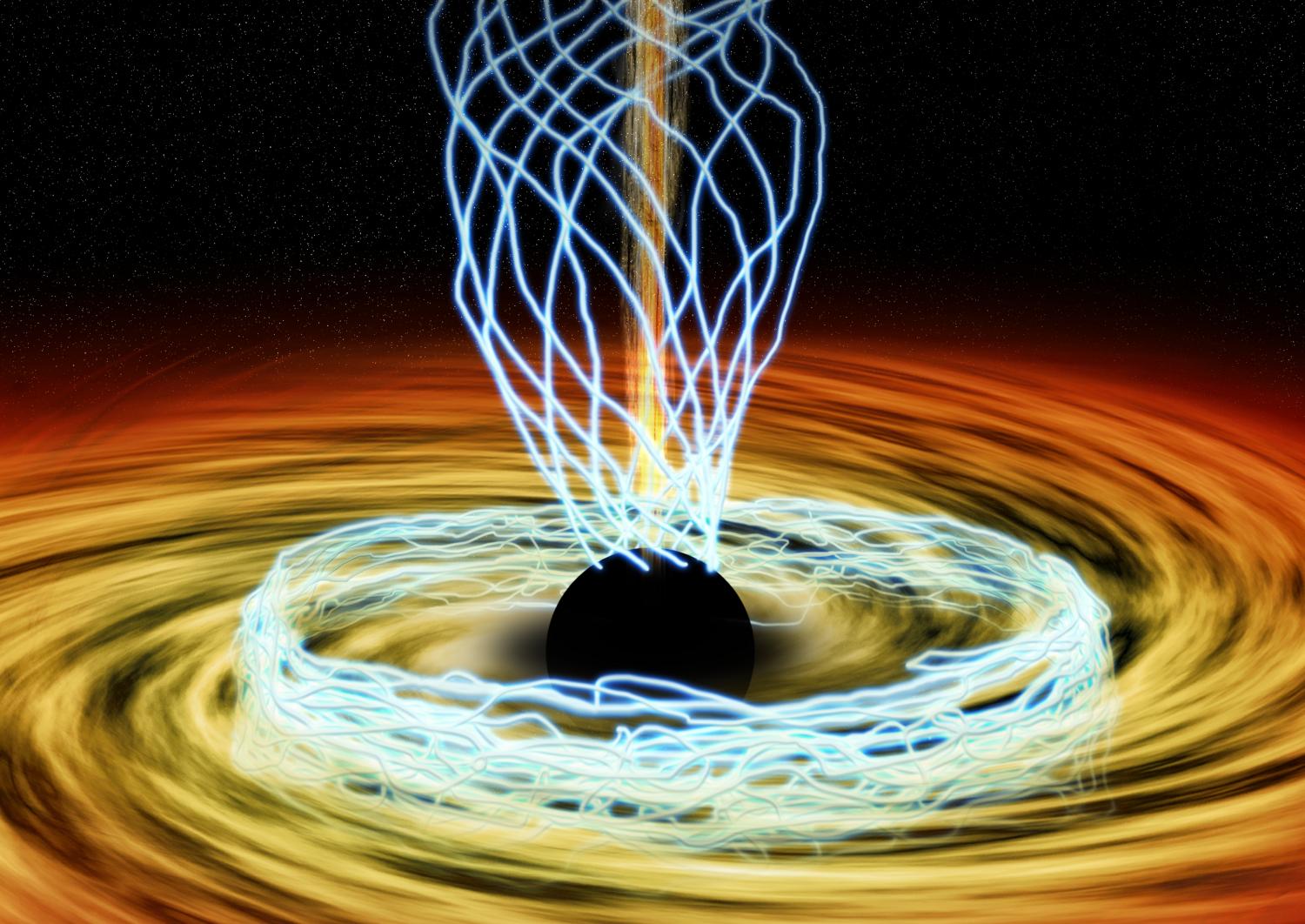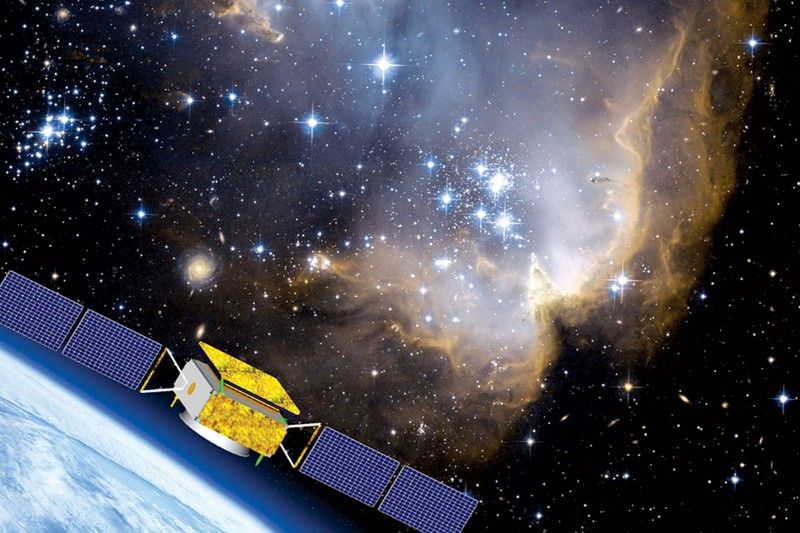Dec 18, 2015
We Finally Know What’s Inside These Mysterious Black Hole Clouds
Posted by Sean Brazell in category: cosmology
Awe inspiring stuff, this.
Black holes are some of the strangest objects in the universe. But, just as impenetrable a mystery? The heavy cloud cover encircling some black holes. Now, for the first time, researchers say they’ve managed to get a glimpse inside of one of those clouds. And what they found has some serious implications for our most basic understanding of black holes.
Some black holes are shielded by heavy clouds of gas and dust that are so thick that they’re impossible to see through with our telescopes. The reasons why have plagued scientists. But a brand new X-ray view taken by a joint team from NASA and the European Space Agency of galaxy NGC 1068, and the black hole that lies at its center, just changed all that.
Continue reading “We Finally Know What’s Inside These Mysterious Black Hole Clouds” »
